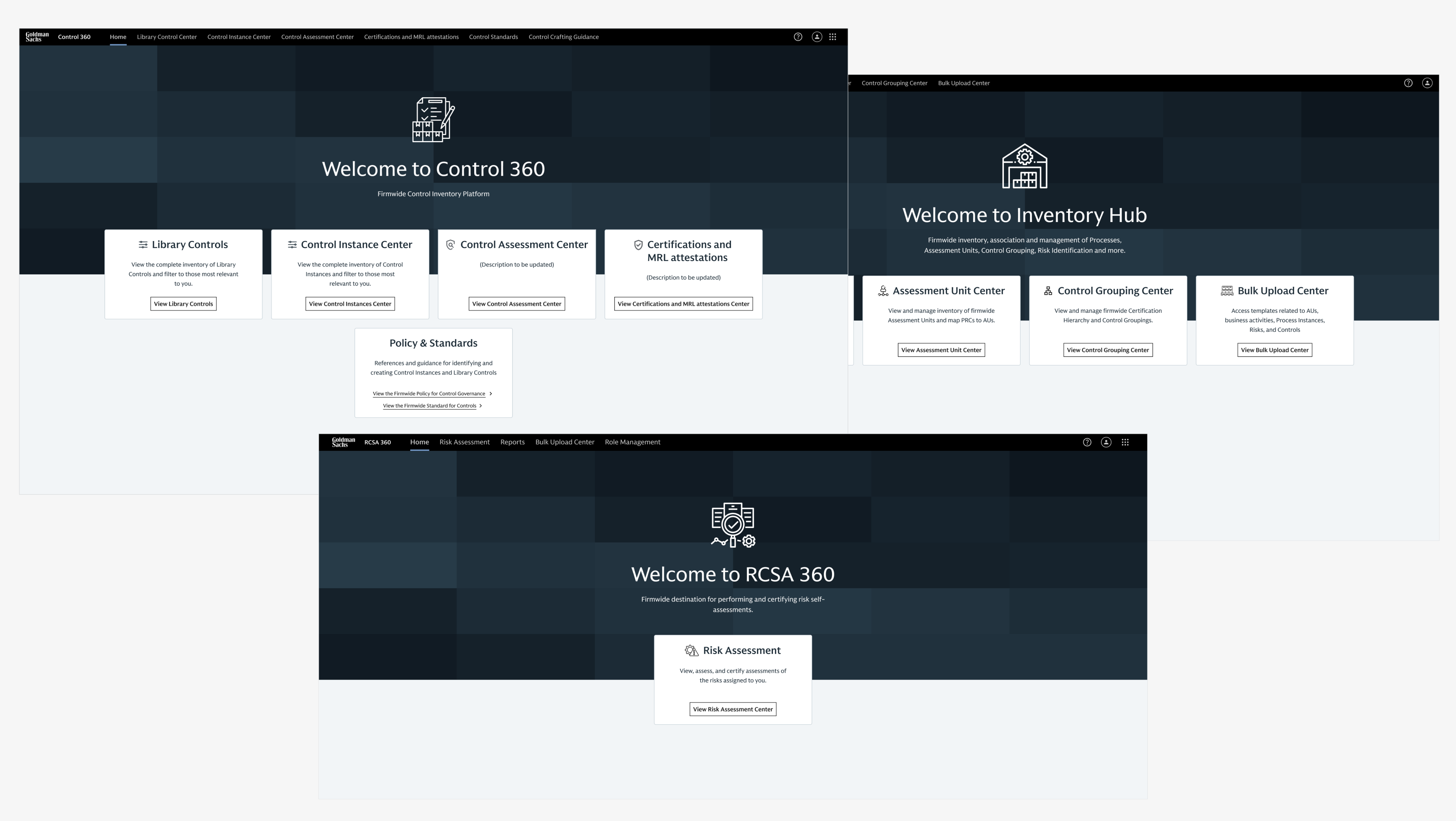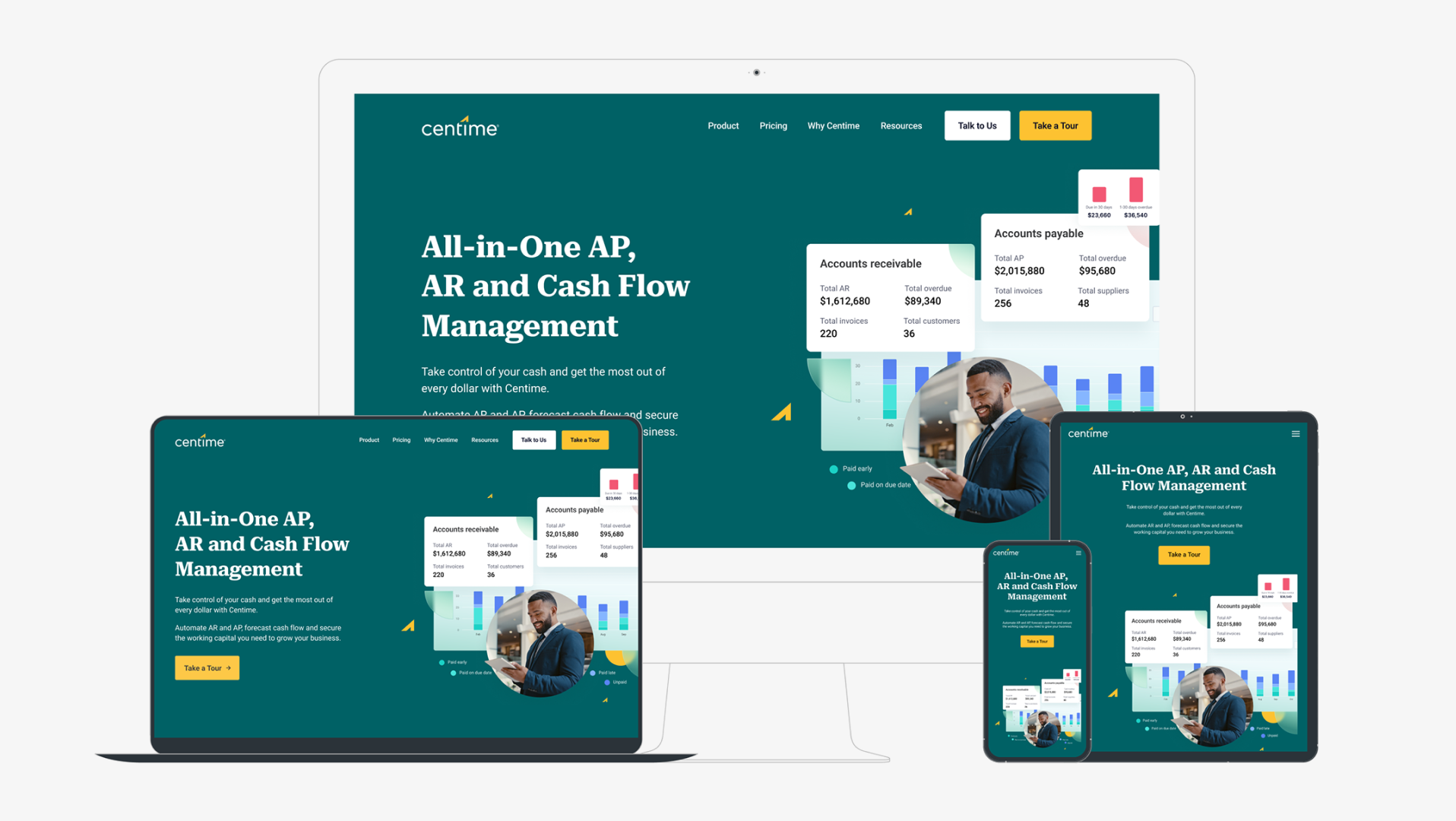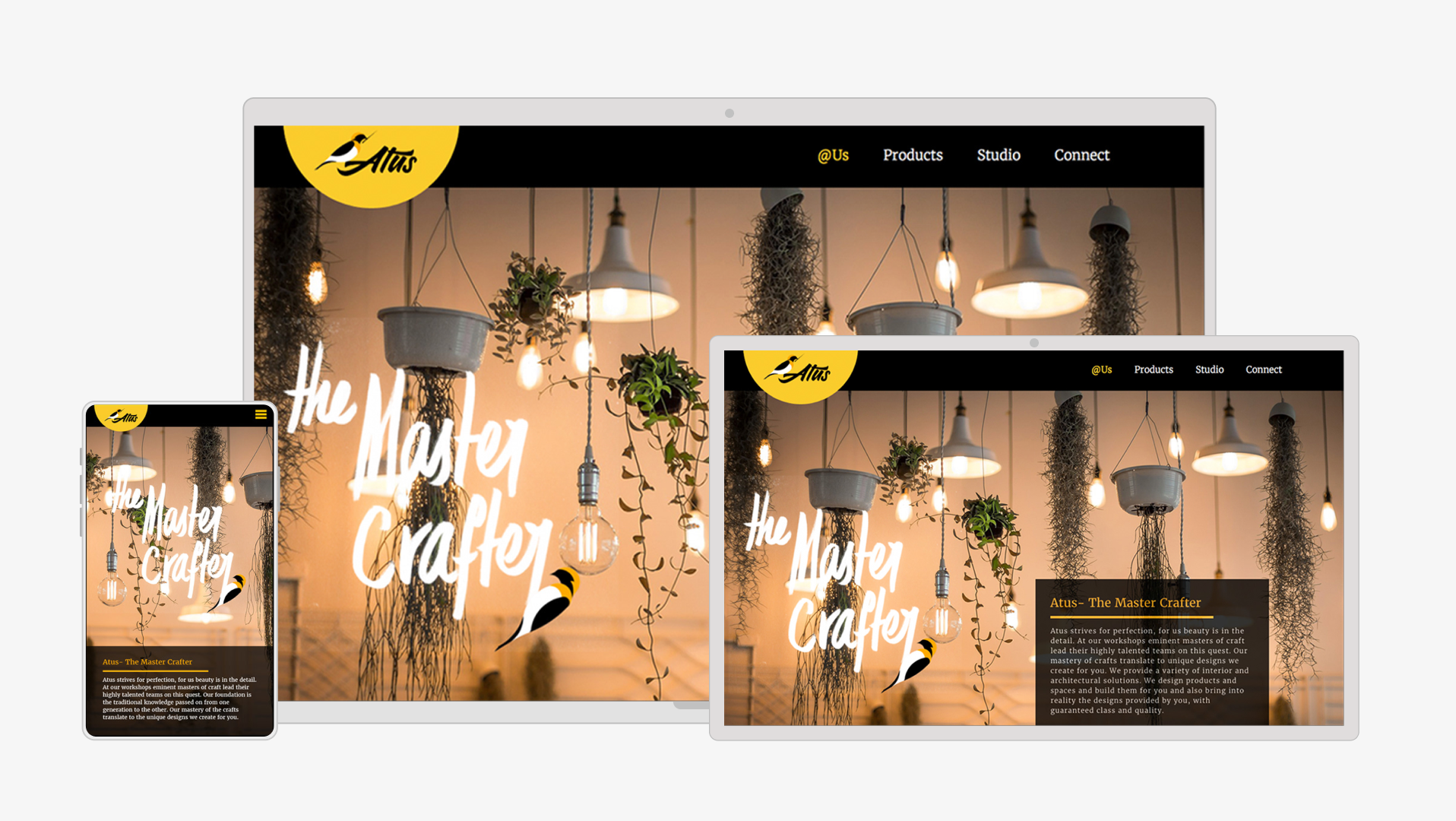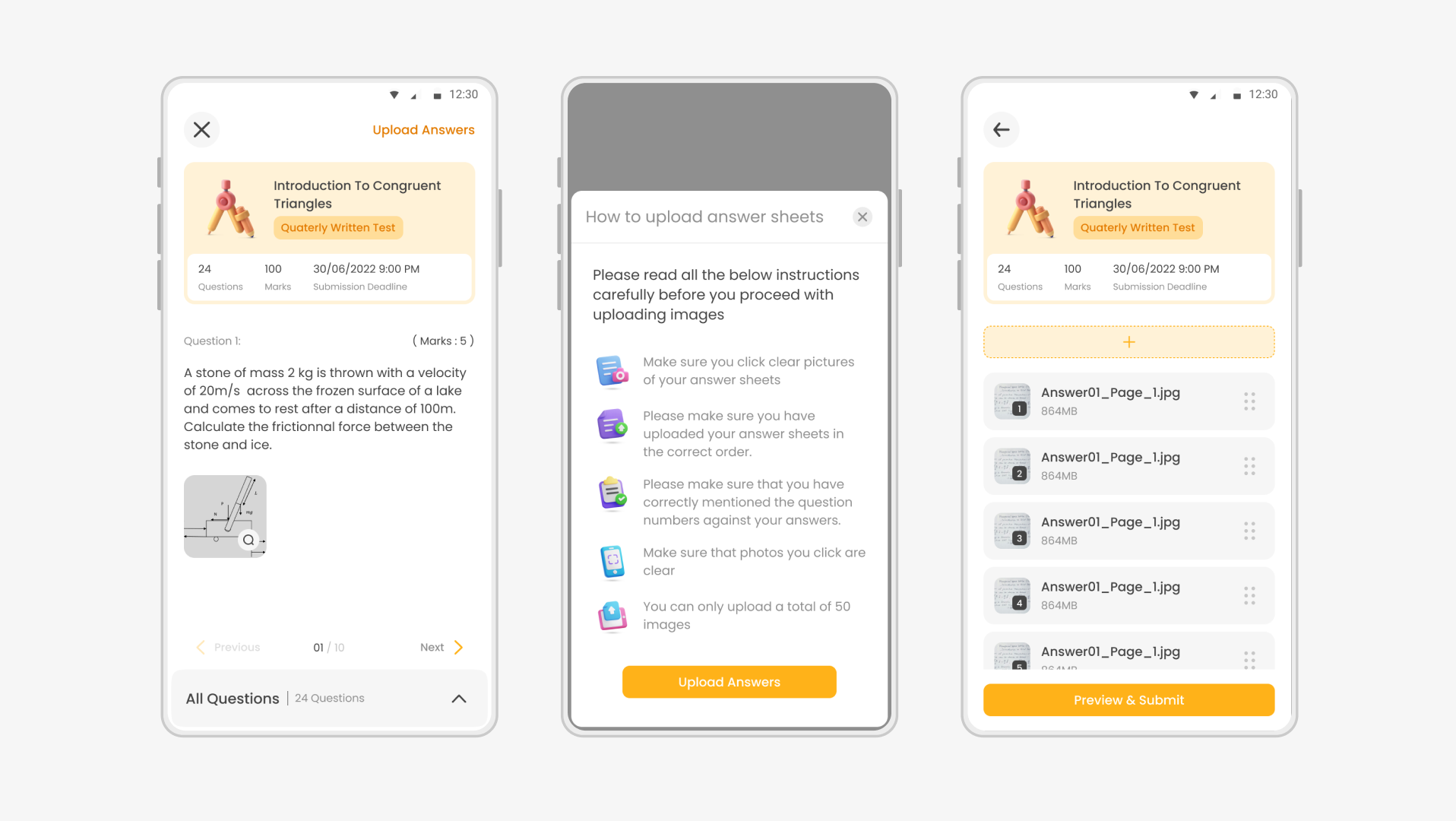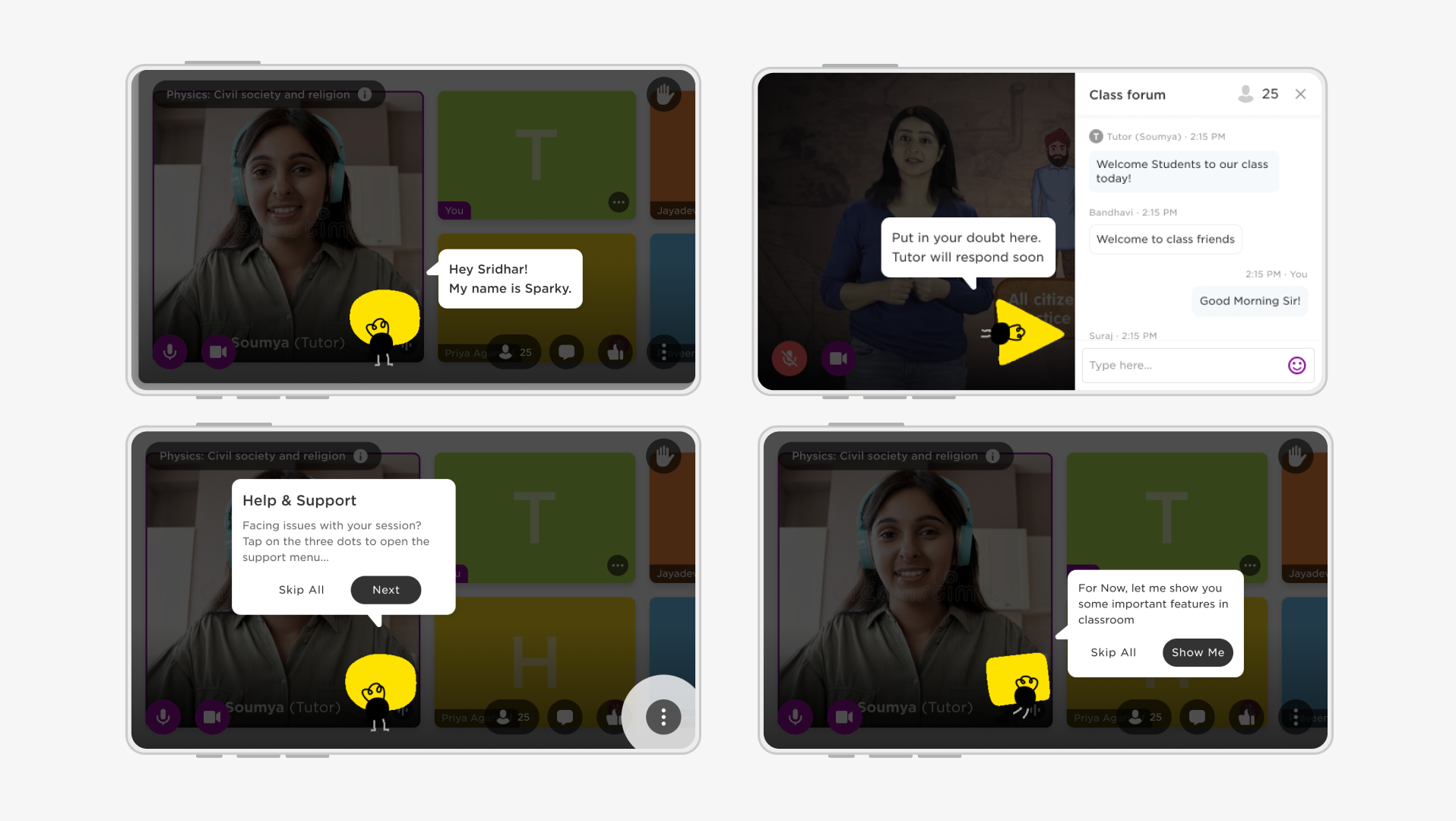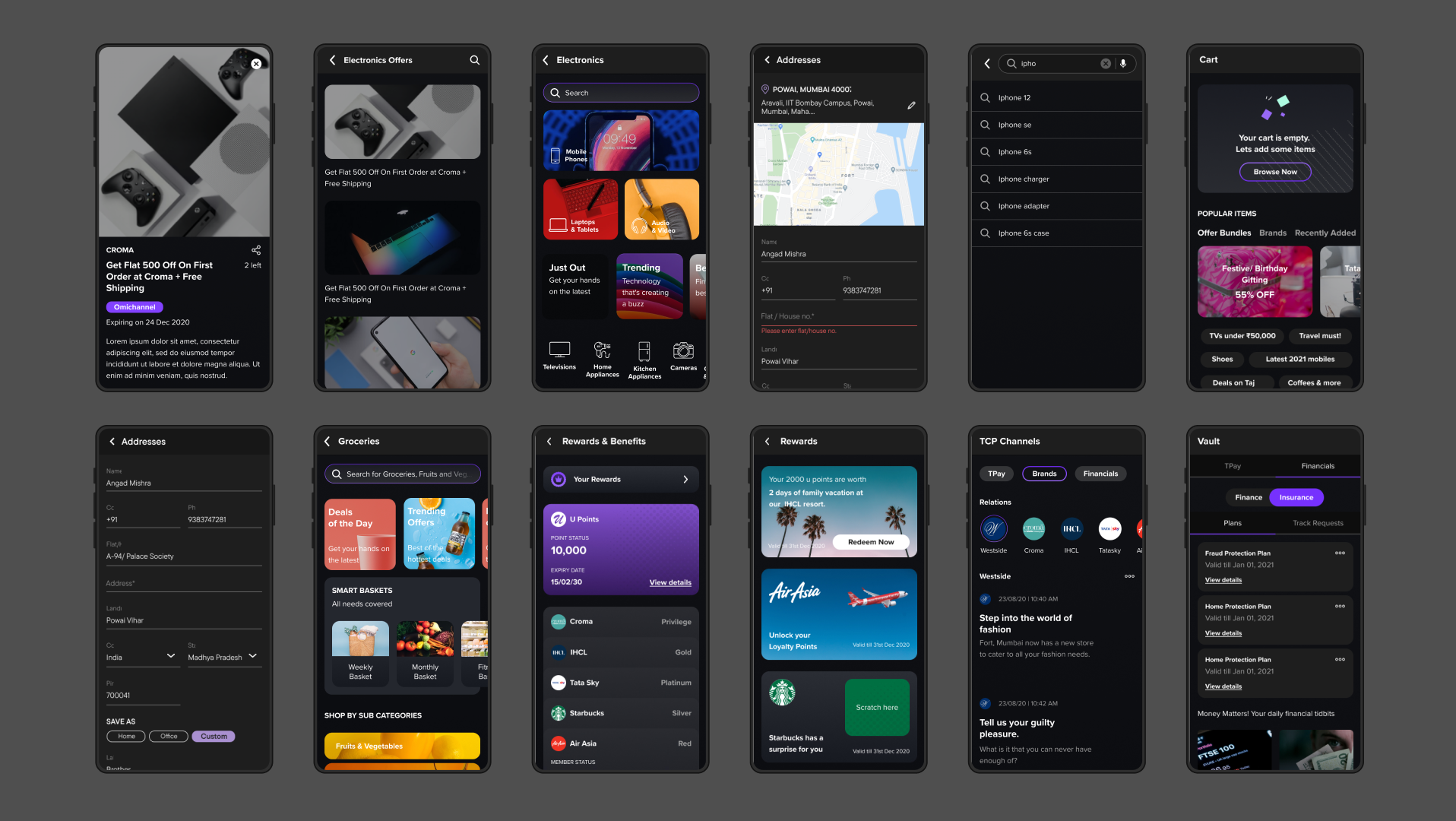Requirement
Develop a system for BYJU'S tutors to efficiently capture and share structured feedback during live sessions. The system should enable real-time documentation of observations, insights, and quantifiable performance metrics. Captured feedback must be easily accessible to mentors for comprehensive performance updates to parents and students. The goal is to enhance tutoring session efficiency, facilitate data-driven mentoring, and improve communication transparency regarding student progress.
My Role
As the sole designer leading the tutor feedback system end-to-end, my key responsibilities included leading user research through interviews with tutors to understand their feedback practices, pain points, and requirements. Collaborating with the tutoring team, I facilitated the definition of clear and measurable feedback parameters. In addition, I created user flows, wireframes, and prototypes for the feedback system. Various user interface options were explored, evaluating intuitive input methods such as rating scales, sliders, and open-text fields, which culminated in the final interface design.
Design Strategy
User Research
I conducted interviews with BYJU'S tutors to understand their current methods of noting feedback for students and identify pain points in their teaching process and application usage. The interviews revealed the following key insights:
Tutors heavily relied on physical note-taking during live sessions to capture observations and feedback for each student.
They expressed a strong need for a written notes section in addition to parameter-based feedback, as qualitative comments provide crucial context.
Accessing class recordings or session details after the live session was essential to Transfer physical notes and finalize feedback comprehensively.
Solution: Key Features & Design Rationale
Design Execution
Outcomes
Improved Efficiency: The new system aims to enable tutors to provide real-time feedback easily, saving time and reducing potential miscommunication.
Enhanced Data: By using quantifiable feedback parameters, the system is designed to make it easier to track student performance trends.
Better Communication: The structured feedback should provide parents and mentors with a clearer, more organized overview of student progress.
A brief overview on each student is given in student details tab.
On expanding a student detail, an interface is shown to mark score on 5 parameters selected in consultation with the tutoring team.
Scores added in the different parameters.
Tutor can also share quick notes regarding the students additional to the parameter scores.
The tutor can choose to add the feedback after the class session also, in the class history page.
Student details is present in the class history page to enable feedback sharing.
Learnings from the Project
• The importance of user-centered design in streamlining workflows.
• Balancing quantitative measures with qualitative notes for well-rounded feedback.
• Iterative design approach and consideration of UI alternatives.
• Balancing quantitative measures with qualitative notes for well-rounded feedback.
• Iterative design approach and consideration of UI alternatives.
